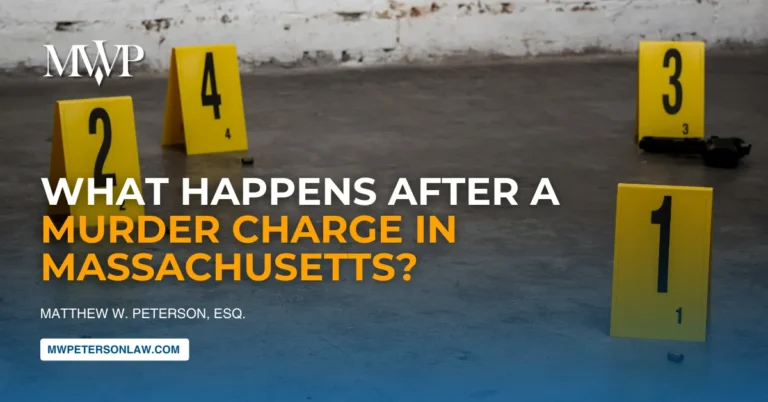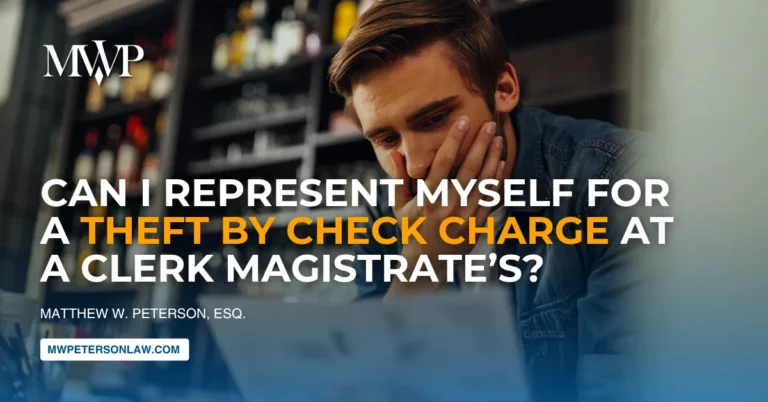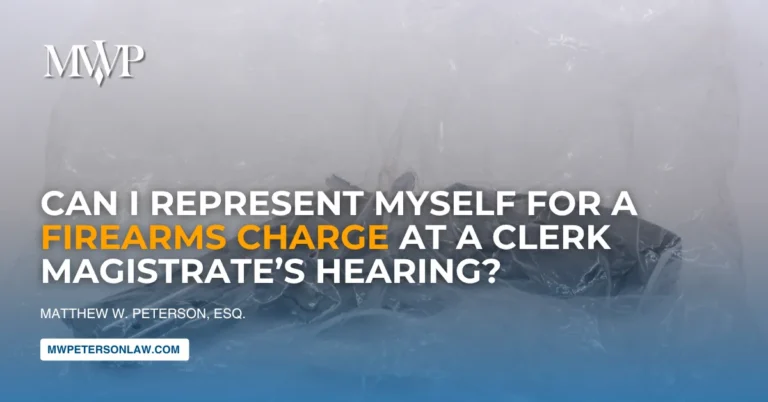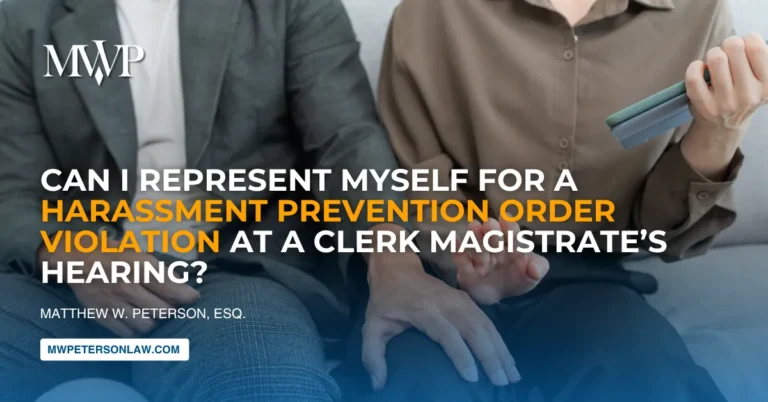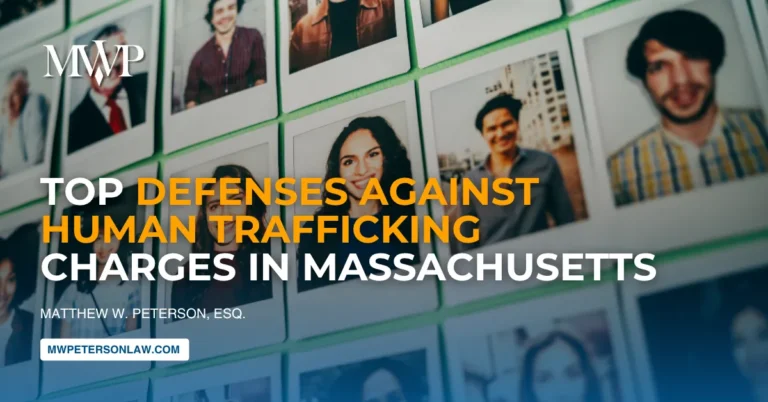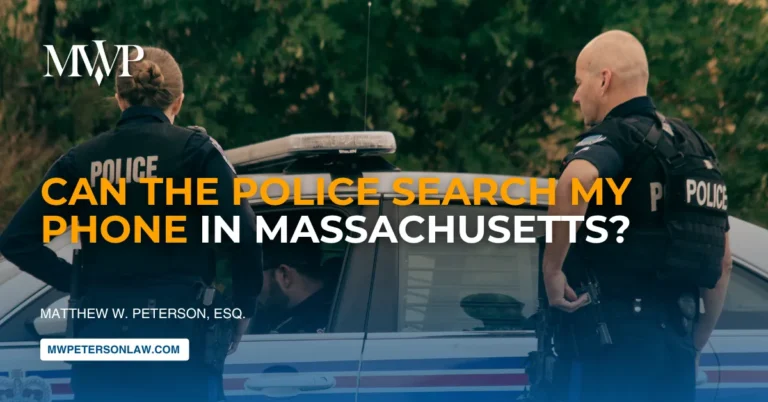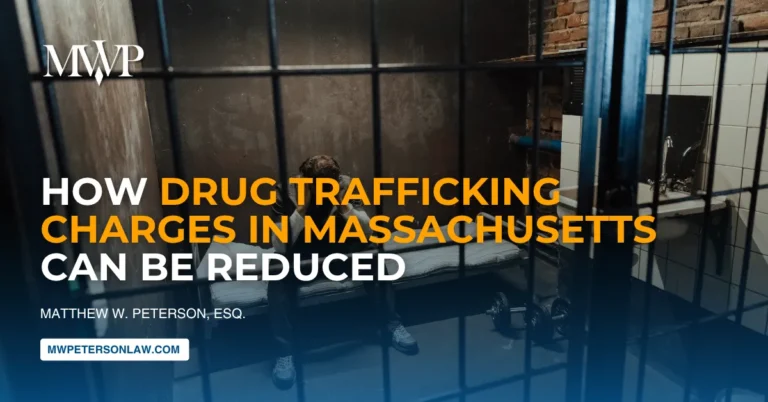When facing issues of personal safety or navigating the legal system, it’s easy to feel overwhelmed by legal terminology. Two terms that often cause confusion are “no contact orders” and “restraining orders.” While they sound similar and can overlap, they serve different purposes in Massachusetts law. Let’s break down what each means and how they might affect you or someone you care about. If you or you knew someone experiencing this legal matter, reach out to the Law Office Of Matthew W. Peterson.
What is a No Contact Order?
A no contact order is exactly what it sounds like—a legal requirement that prohibits one person from contacting another. This means:
- No physical contact or proximity
- No phone calls, texts, or emails
- No social media interaction
- No messages sent through friends, family, or other third parties
What makes a no contact order distinct is that it’s typically issued as part of a criminal case. When someone is arrested or charged with a crime, the court may impose conditions for their release. These conditions often include staying away from and not contacting the alleged victim or witnesses.
Think of a no contact order as the court saying, “While this criminal matter is pending, you need to stay completely away from this person.“
What is a Restraining Order?
A restraining order (also called a protection order or 209A order in Massachusetts) works differently. Unlike a no contact order, a restraining order:
- Is initiated through a civil proceeding, not a criminal case
- Is requested by the person seeking protection
- Can be obtained without any criminal charges being filed
What many people don’t realize is that a restraining order doesn’t automatically include a no contact provision. In Massachusetts, a restraining order can be tailored to different situations and may simply order “no abuse” while still allowing some form of contact.
Key Differences to Remember
1. Origin: No contact orders come from criminal courts as conditions of release. Restraining orders are civil proceedings initiated by the person seeking protection.
2. Flexibility: Restraining orders can be customized (no abuse only, no contact, stay a certain distance away, etc.). No contact orders are generally absolute—no contact means no contact, period.
3. Duration: No contact orders typically last until the criminal case concludes. Restraining orders can be temporary (10 days) or extended for up to a year, with the possibility of renewal.
4. Who initiates: A prosecutor requests no contact orders. The person seeking protection initiates restraining orders.
Serious Consequences for Violations
The consequences of violating either type of order are severe and far-reaching:
Violating a Restraining Order
This is a separate criminal offense in Massachusetts. Consequences can include:
Violating a No Contact Order
This is considered a violation of pre-trial release conditions or probation terms, which can result in:
- Immediate arrest
- Revocation of bail or probation
- Being held in custody until your case concludes
- Additional criminal charges in some cases
Making Informed Decisions
If you’re considering seeking a restraining order, understand that you can request specific protections based on your situation. You don’t always need to cut off all contact—you can simply ask for an order prohibiting abuse.
If you’re subject to either type of order, the wisest course is absolute compliance, even if you believe the order is unfair. The legal system takes these violations very seriously, and the consequences can affect your freedom, rights, and future opportunities.
Remember that legal help is available. If you’re confused about what an order means for you or what your options are, speak with an attorney who specializes in this area of law. Many legal aid organizations offer assistance with restraining orders at low or no cost for those who qualify.
Understanding the difference between these orders isn’t just legal trivia—it’s essential knowledge that can help you navigate challenging situations with clarity and make choices that protect your rights and well-being.


